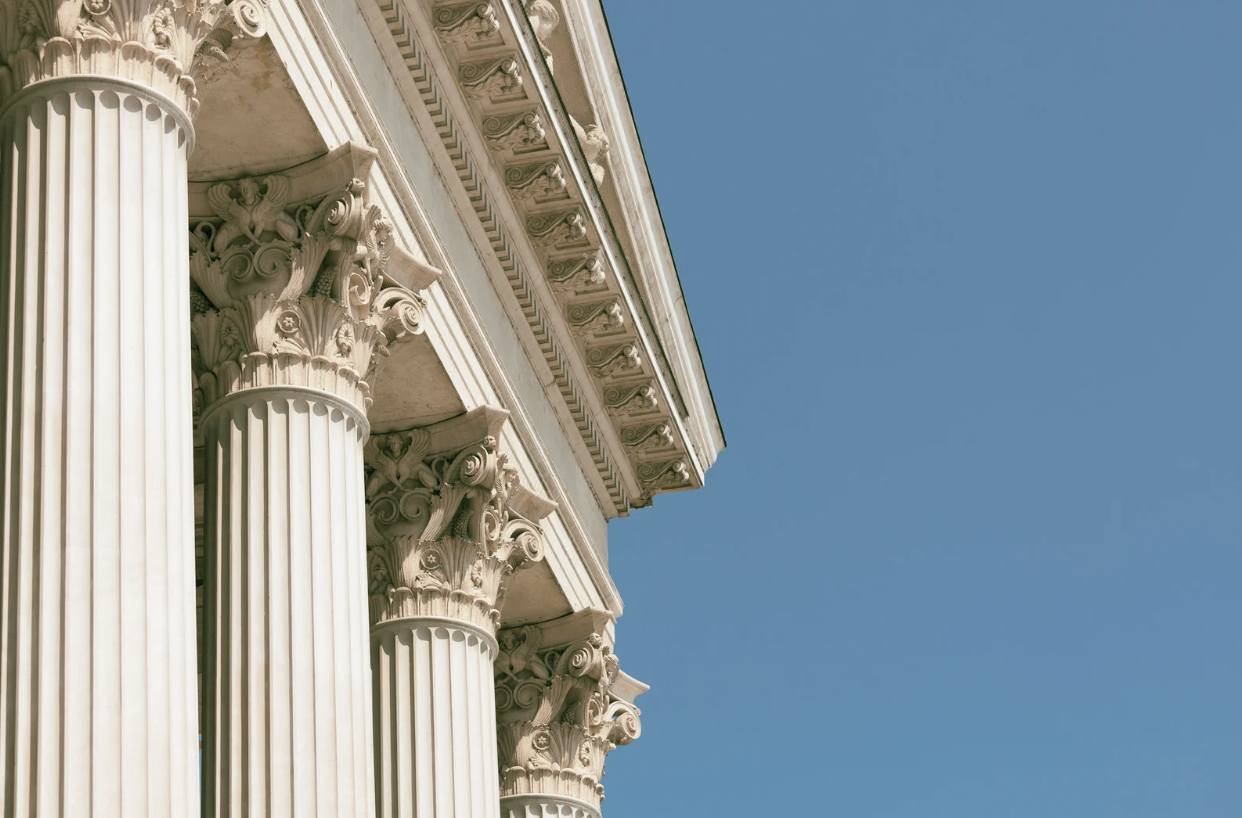When we look around our neighborhoods and cities today, we typically see the same “modern” architecture: cookie-cutter houses, bland exteriors and towering concrete structures. These designs, while effective in cutting costs, labor and resources, lack creativity and artistic character.
The rise of Modernism began with the post-World War I philosophy, “Form follows function.” Practicality in structure was favored over the traditional classical and neoclassical designs so prominent in that time period. Modernism’s central principles revolve around a rejection of traditionalism and convention; this is evident in modernist architecture, where clean lines, concrete and glass are utilized in place of traditional materials. Ornamentation and intricate craftsmanship was seen as a dated symbol of the corrupt ruling class.
The popular modernist designs quickly became the dominant style, promising “social equality,” cost-effectiveness and increased functionality. Their appeal was widespread; countries across the world adopted these new styles and incorporated them into cities and towns. A prominent example: the German architectural school Bauhaus, which revolutionized the modernist art form and popularized the structures internationally.
From early modernism stemmed brutalism and other functional styles; these became globally standardized and stripped of original utopian zeal. Ominous concrete towers, harsh corners and glass paneling replaced marble columns, limestone pillars and brick and mortar buildings.
These rigid structures lack the character and the intrinsic value of an artist’s touch. The central conflict here: the practical, economic dogma of modernism has created a spiritually and aesthetically impoverished environment.
There is, however, a common grievance of classical architecture – its hefty initial cost. The post-World War II economic boom contributed heavily to these complaints; the rise of government building and commercial programs demanded speed and low labor complexity. Simple, functional, modernist architecture was the solution. However, classical buildings also carry within them the character and detail of the artist. Their craftsmanship and style make for unique, individualized buildings that are meant to endure for centuries. This enduring intention makes for buildings that, despite higher initial costs and production times, are more durable and easier to maintain over a long period of time. Their initial cost and time expense is secondary to cultural value.
The appeal of classicism goes beyond nostalgia and individual preference – it taps into the inherent human desire for beauty. It is humankind’s biological desire to seek proportion, symmetry and the “Golden Ratio.” Classic and neoclassical designs utilize these concepts and are objectively more pleasing to the eye simply because of biological instinct.
Junior Caylee Pickham expresses her appreciation for these classical styles, saying, “I personally prefer classical architecture over modern ones. I feel like classic structures and elements, like columns, pillars and ornaments add value and…character…to a building. It just looks, well, nicer.”
Ultimately, the call to bring back classical architecture is a call to reject our contemporary culture of impermanence and disposability. While there are instances where utilitarian buildings are the more prudent option, society must continue to contribute to the beauty of our surrounding environment as much as possible. Classical structures and natural forms satisfy our innate desire for proportion, form and symmetry.
Architectural artistry and the beauty of classical forms is not something that can be taken for granted. In a world that often prioritizes ease and minimal complexity, let us strive to build and create things that endure for centuries and beyond.








